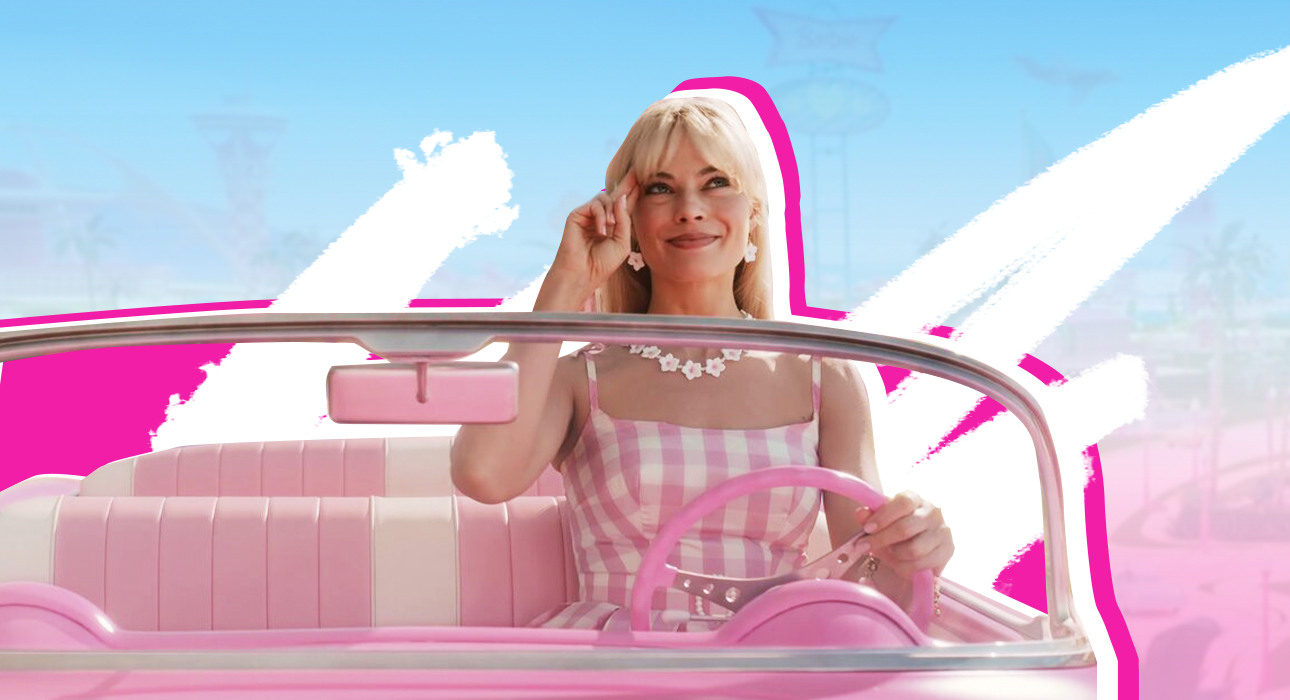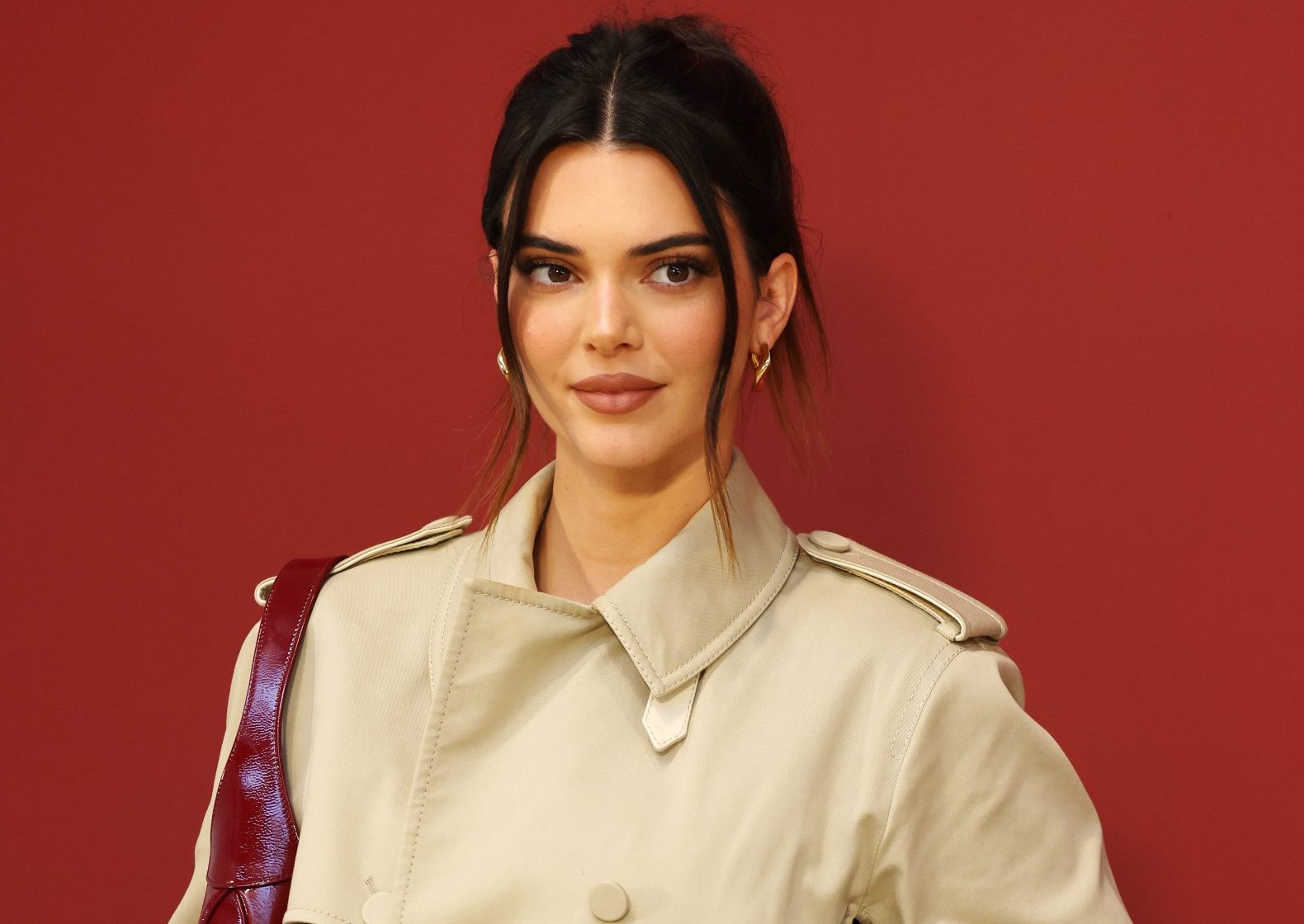The Barbie doll is perhaps one of the most popular anti-feminist symbols of all time. Or at least it was 60 years ago. Over time, his image has undergone major changes. From being the perfect doll promoting unrealistic standards of beauty, she has become an icon promoting inclusivity, body positivity, feminism and other contemporary values.
American actress and director Greta Gerwig’s movie “Barbie”, which will be released this summer, promises to show how the protagonist leaves the land of Barbie and goes to the real world. And all because it wasn’t perfect enough (it might seem more ridiculous). If you examine Greta’s previous works, you can be sure that the film will have a feminist flair. Filmmaker Robbie Brenner said at a press conference in Aspen: “For us, a Barbie movie should definitely convey the message of female empowerment, that you can be anything you can dream of and be anything.” So how did “Barbie” stop being synonymous with “hyperfemininity” and why does a movie about her hold the promise of being a genuine feminist statement?
Barbie’s evolution: from hyperfeminine icon to feminist
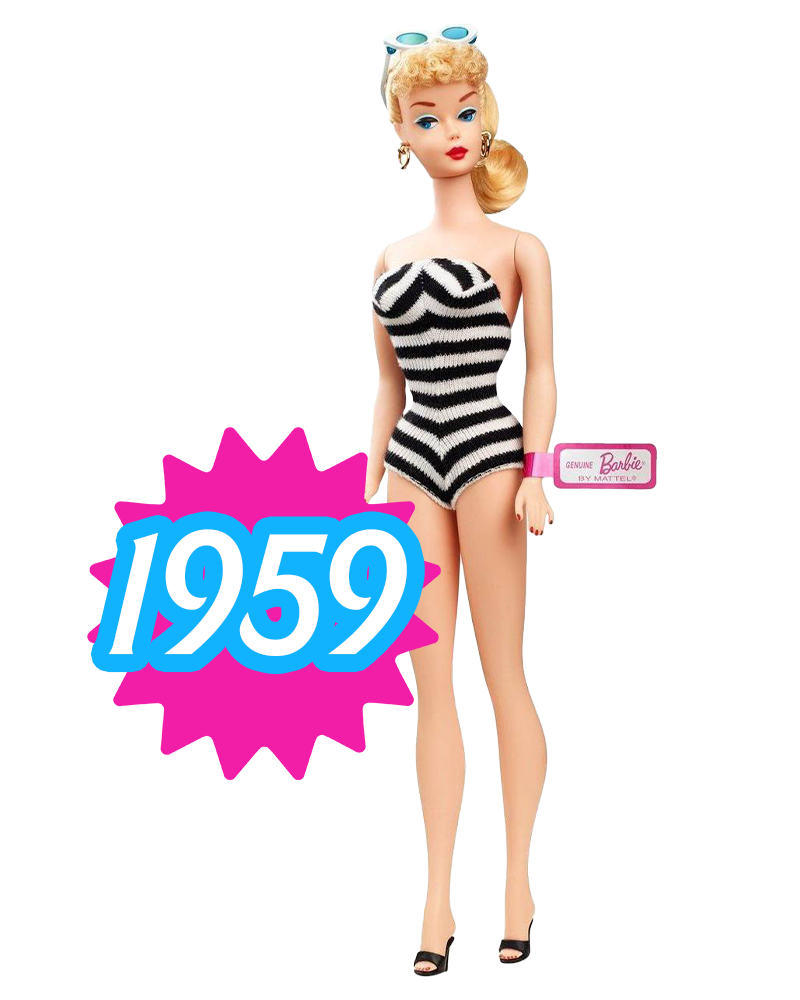
Year of birth “Barbie”. A few years ago, her “mother” Ruth Handler traveled around Europe and saw an unusual doll in one of the bars – she had long legs, high breasts and an open dress. It was “Lilli” created by a puppeteer named Ralph Heuser based on German comics. Ruth convinced her husband, Elliot (who by then already owned Mattel) to buy the rights to the “Lilly” look. So, two years later, a doll appeared, named after the daughter of Ruth and Elliot – “Barbie”. At first, she was criticized for her overtly feminine forms – before that, children played with dolls and paper dolls.
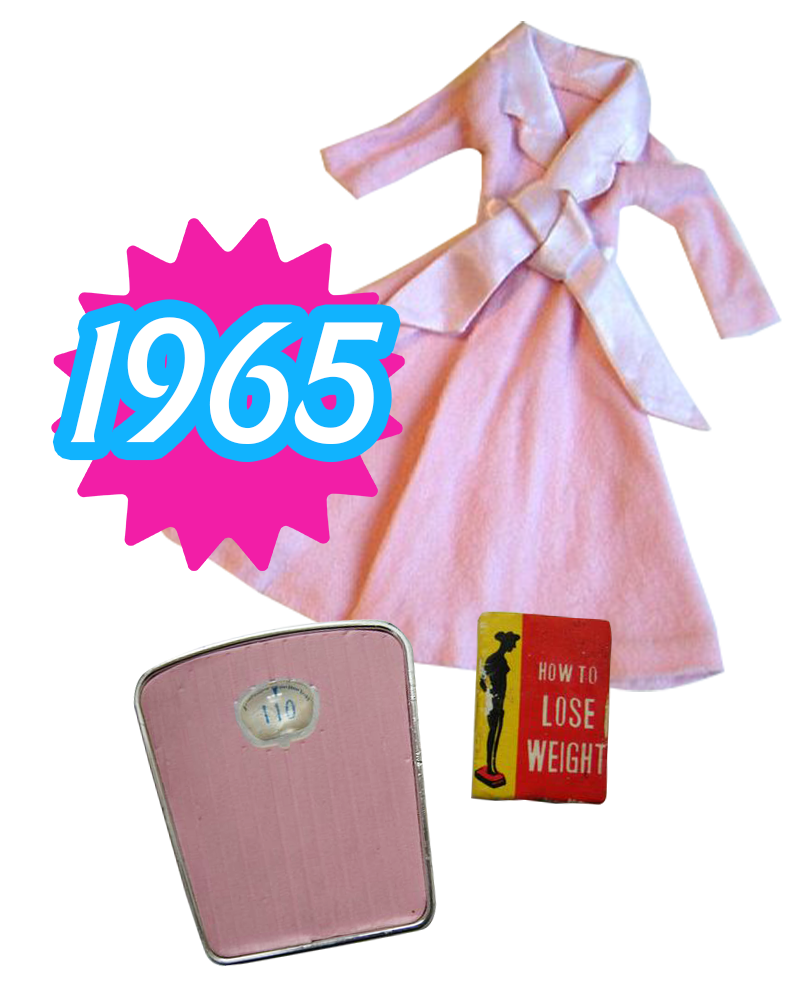
Barbie’s sales revenue was $100 million. And Mattel releases new outfits for the doll – for example, for a pajama party. In addition to pink pajamas in the set, there is the book “How to lose weight”, which has only one rule – “Don’t eat!” and weighing in at a steady 110 pounds (about 50 kg) figure – clearly underweight for a 5 feet 9 inches (175 cm) woman. As the company dictated beauty standards, the second-wave feminist movement was in full swing in Western Europe and America.
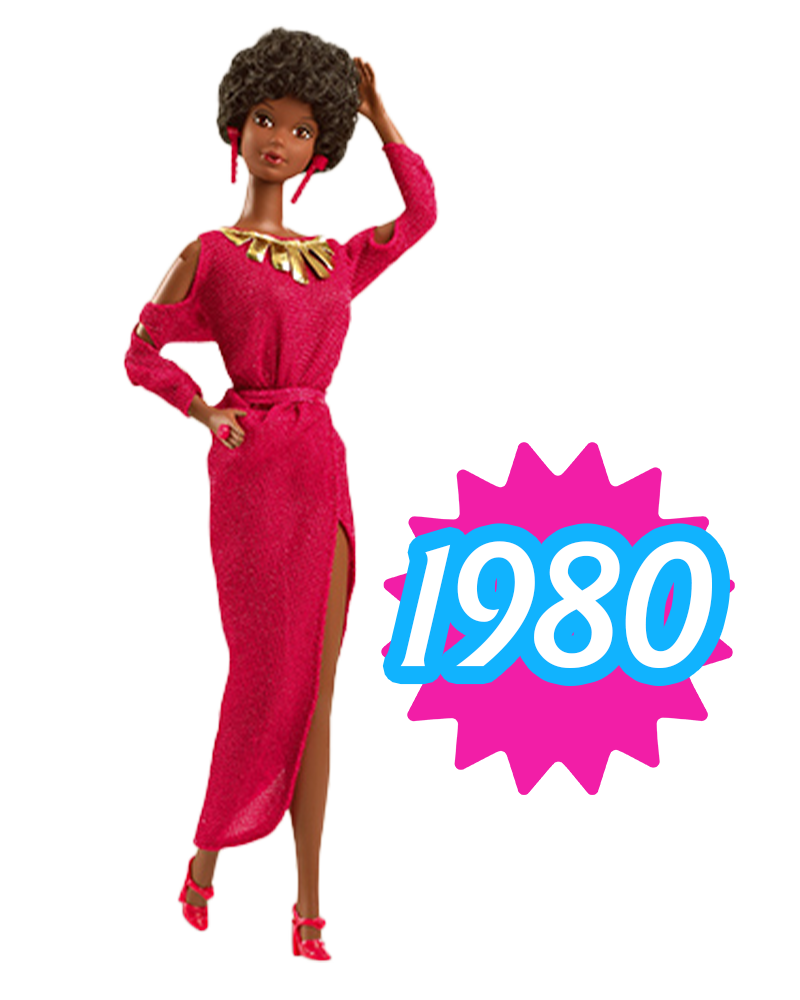
The first black Barbie was introduced. It was created by African-American former fashion designer Kitty Black-Perkins, who had never owned a Barbie before working at Mattel. In 1991 Black-Perkins became chief designer and creates more than 100 Barbie outfits each year.
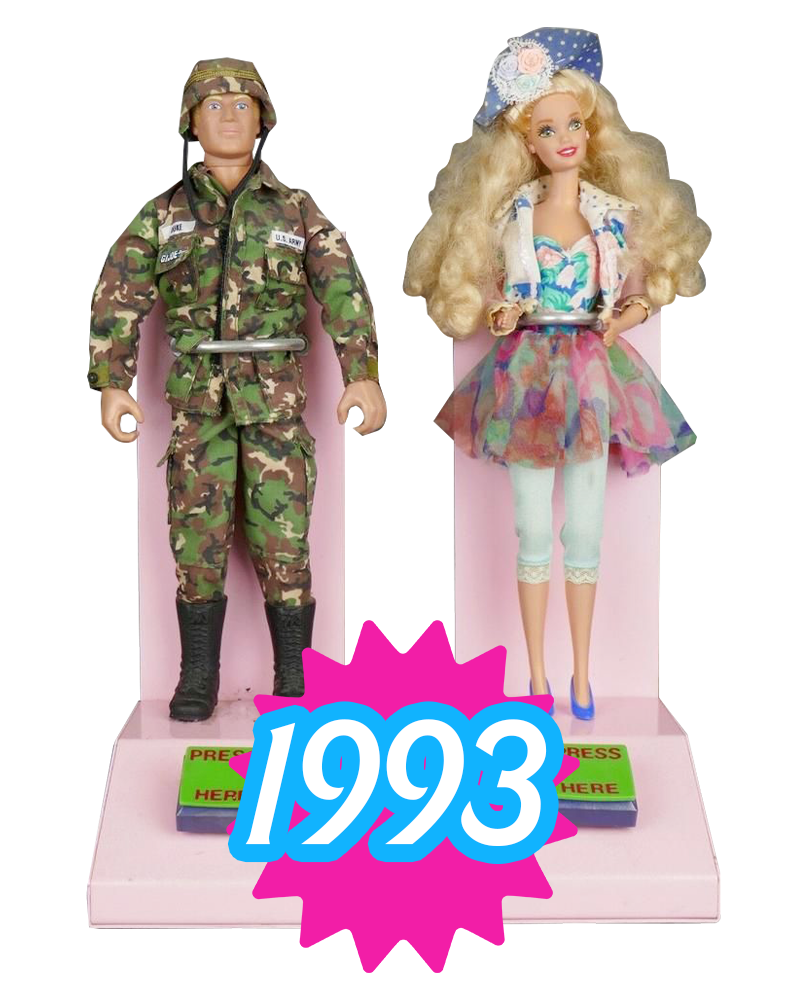
In the 1990s the feminist movement reached its zenith. And because Barbie is the epitome of hyper femininity and a role model for many little girls, activist movements haven’t gotten over her. In 1993, a group of artists who called themselves the Barbie Liberation Organization gave various performances. Their aim was to break down the gender stereotypes that toys promote.
Members of the movement bought several hundred military GI Joe dolls and Barbie dolls and replaced the audio recorders attached to them. Now, instead of saying “Math is hard” or “Let’s have the wedding of our dreams”, Barbie says “I have my revenge” and “Eat the Pioneer Cobra!” Artists returned the resounding dolls to storage on shelves in two states.
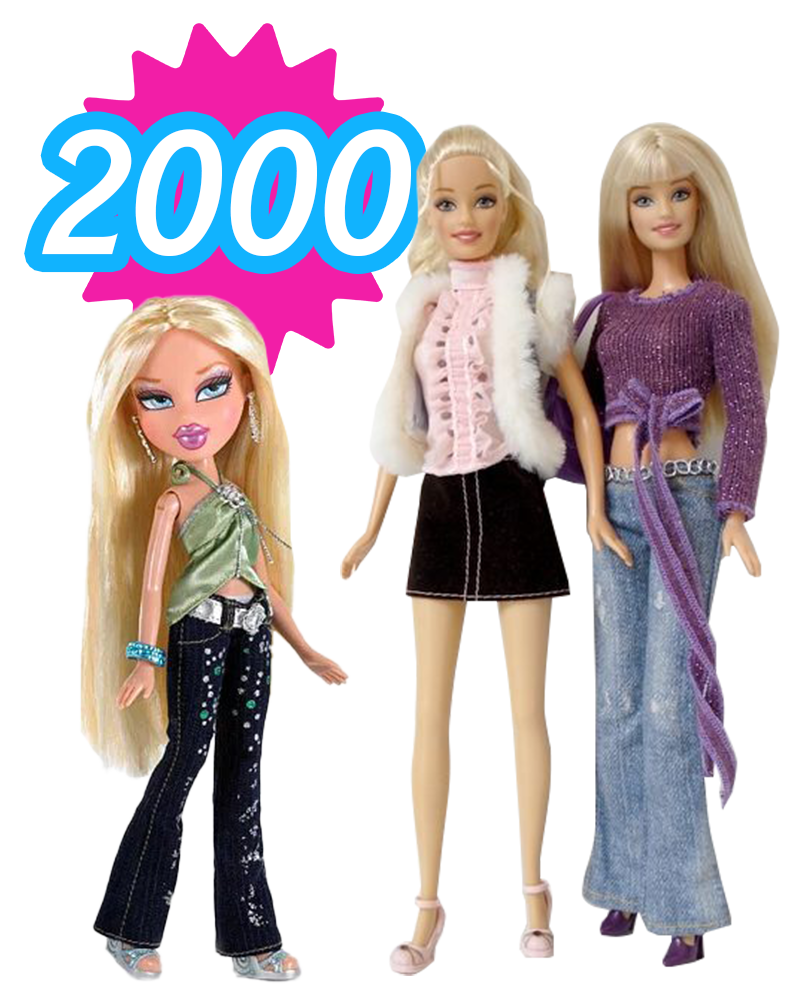
Barbie is having an identity crisis. Holding 90% of the children’s toy market, the doll has competitors – Bratz and Moxie. Studies show that if Barbie were a real woman, she wouldn’t be able to lift her neck, she would only have room for half her liver, and she would have to crawl on all fours because her ankles were so small. That’s why Mattel’s marketers and designers decide that “Barbie” needs to be on time, have less makeup on her face, and have articulated ankles on her legs so she can wear both sneakers and high heels.
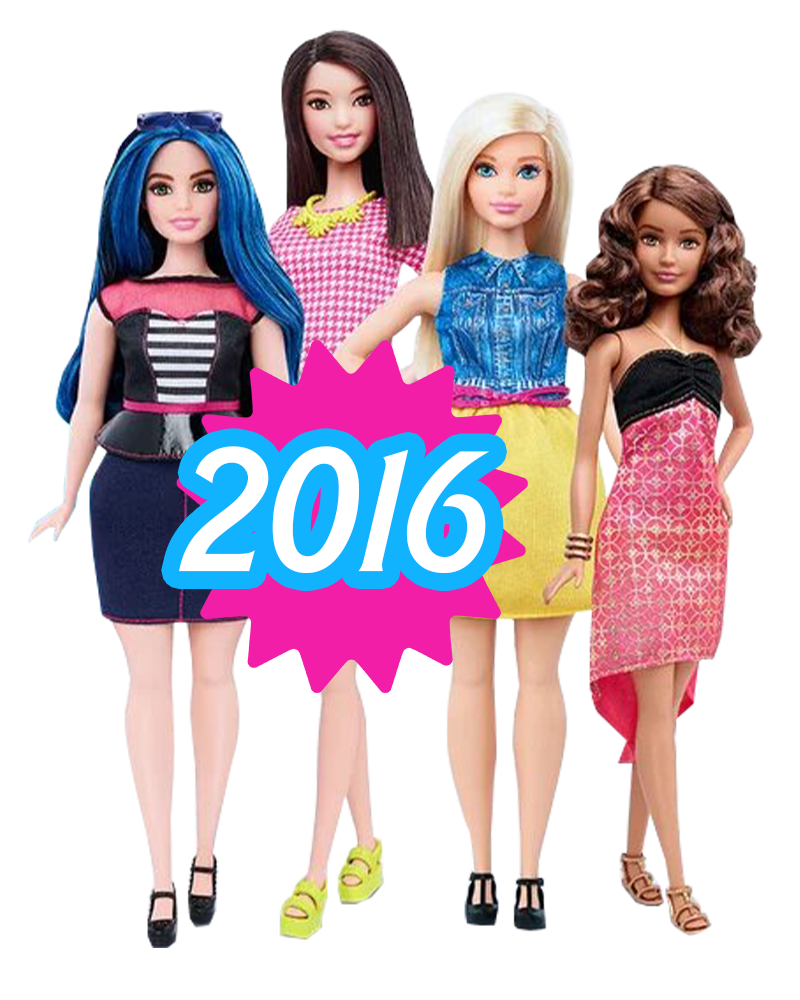
Influenced by the body positivity trend, Barbie ceased to exist only in size XS. The doll has new body types – tall and short, with magnificent forms. In the same year, the doll collection is replenished with an inclusive range of models of all races and one transgender. The move was intended to address longstanding concerns about the promotion of unreal body images. It was also an attempt to strengthen the brand, with Mattel announcing a 14% drop in Barbie sales.

Barbie dolls with disabilities, alopecia, vitiligo and prosthetic arms expand the doll range. Inclusivity is becoming a big trend and Barbie is in line with it. During this time, the doll managed to try many professions that did not have a place for women before – engineer, Mars explorer, game developer, robot engineer. And in 2020, Mattel is releasing four dolls, a political campaign team. Thus, “Barbie” gradually gets out of the difficult situation of mathematics and takes a feminist position that meets modern trends.
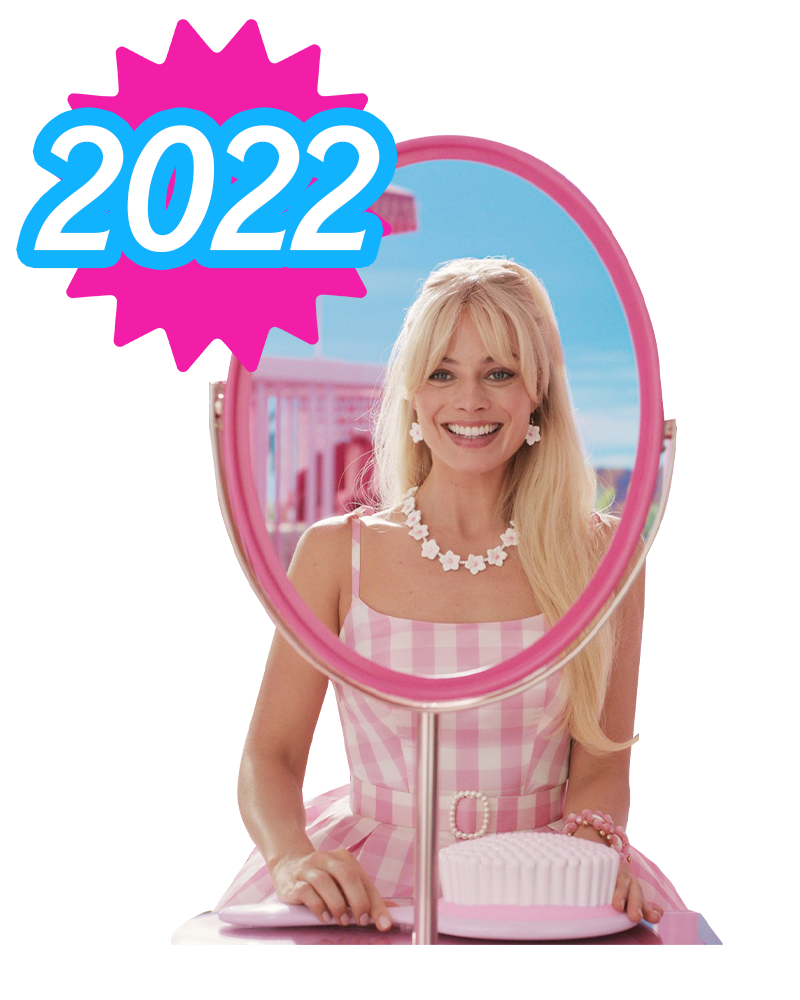
Seen everywhere from Kim Kardashian’s posts to Megan Fox’s red carpet looks, Barbie pink is the color of the year. Lyst reported that searches for the color pink rose 416%. And Greta Gerwig begins filming with the main tagline: “Living in Barbie Land is being the perfect creature in the perfect place. Unless you’re going through a full-blown existential crisis. Or are you Ken? So the feminist rebranding of the doll is complete.
The main figure of feminist cinema is Greta Gerwig.
Greta Gerwig made her full-fledged directorial debut with Lady Bird in 2017 and cemented her reputation as a director in 2019 with Little Women. Greta’s work has become much loved and well-known for its feminist leanings, among other things. For example, in the film based on the novel Little Women by first-wave feminism follower Louisa May Alcott, the director chose to transform the character of Amy. In the picture we see how she transforms from a spoiled girl into a comprehensively developed woman who fully understands the socio-economic institution of marriage.

Greta Gerwig’s Little Women seems like an analogy to what’s going on with women’s rights today. There is no radical feminism in her films. A simple thought is heard in them – every woman has the right to be herself, follow her dream and choose her own path. Therefore, when it was revealed that Greta Gerwig was the person to take the Barbie picture, it was understood that the story would be modern and conscious.
Barbie isn’t just for kids anymore
“Barbie” has repeatedly become the main character of cartoons and animated series – remember at least “Barbie: The Princess and the Pauper” or “Barbie: 12 Dancing Princesses”. However, a movie about the cult doll has not been made yet. And there’s good reason for that.
-
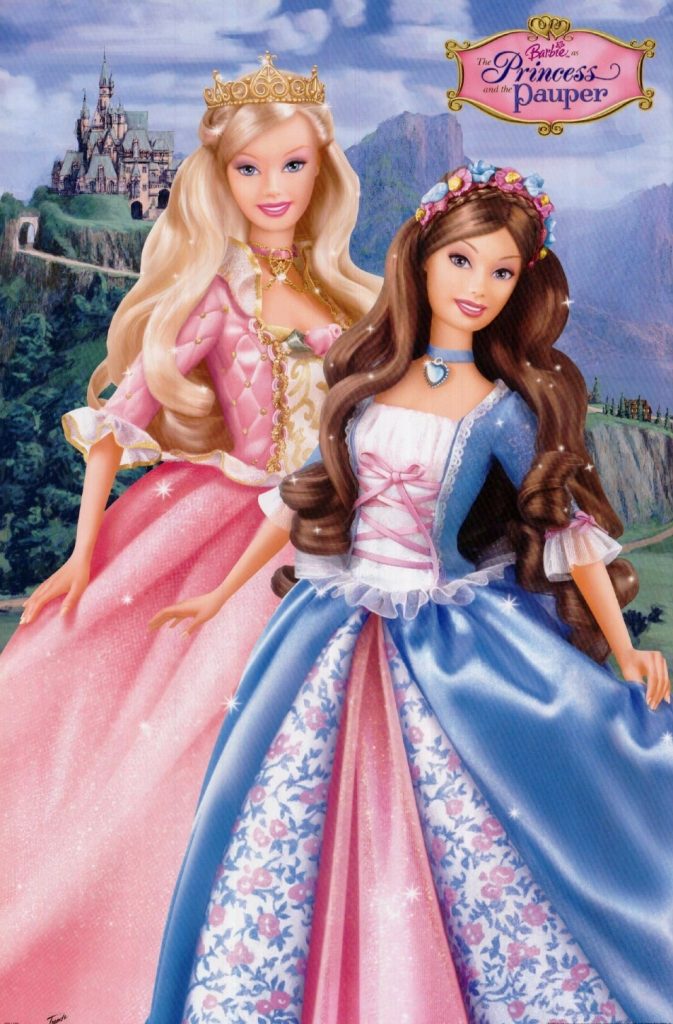
Poster of the cartoon “Barbie: The Princess and the Poor” -
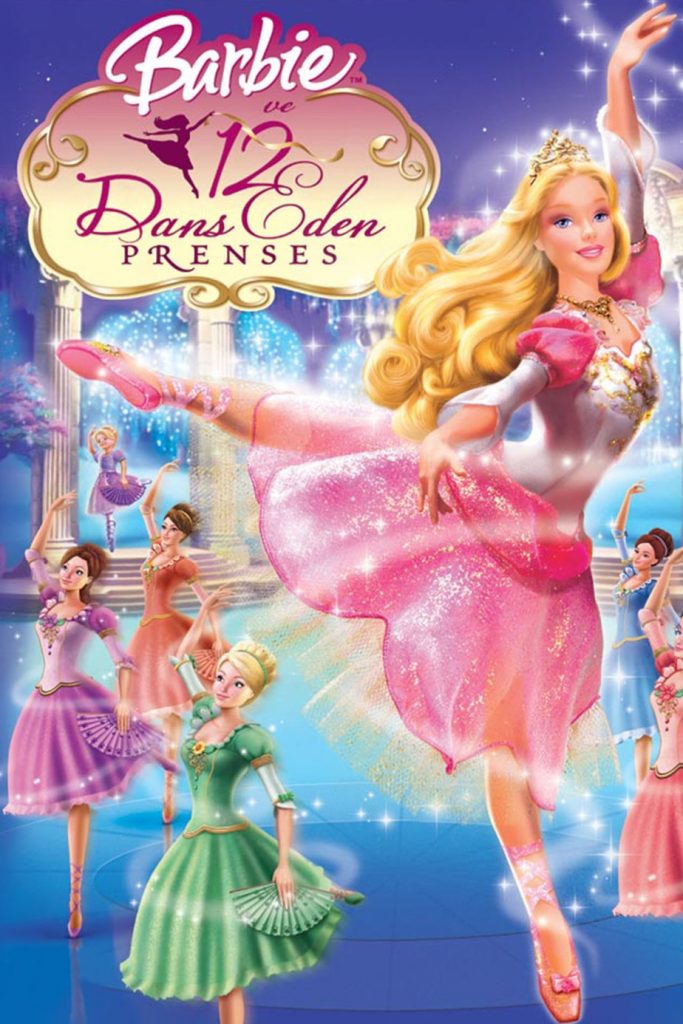
Poster of the cartoon “Barbie: 12 Dancing Princesses”
The target audience of Barbie dolls is, of course, children. Cartoons mostly focus on them. Therefore, the main purpose of the “Barbie” related pictures was to increase the sales of the dolls. After all, who among us wouldn’t want to have the character of our favorite cartoon from childhood? Greta Gerwig’s movie is more of a movie for adults. But we cannot ignore that, like all good works, it will be multi-level, that is, accessible to any audience, including children. The fact that this is the first Barbie movie gives creators a lot of creative freedom. And the audience – the opportunity to look at the work with an open mind, without comparing it with others. We wouldn’t be surprised if Barbie succeeds and launches a new movie series.
Ken is now just Ken
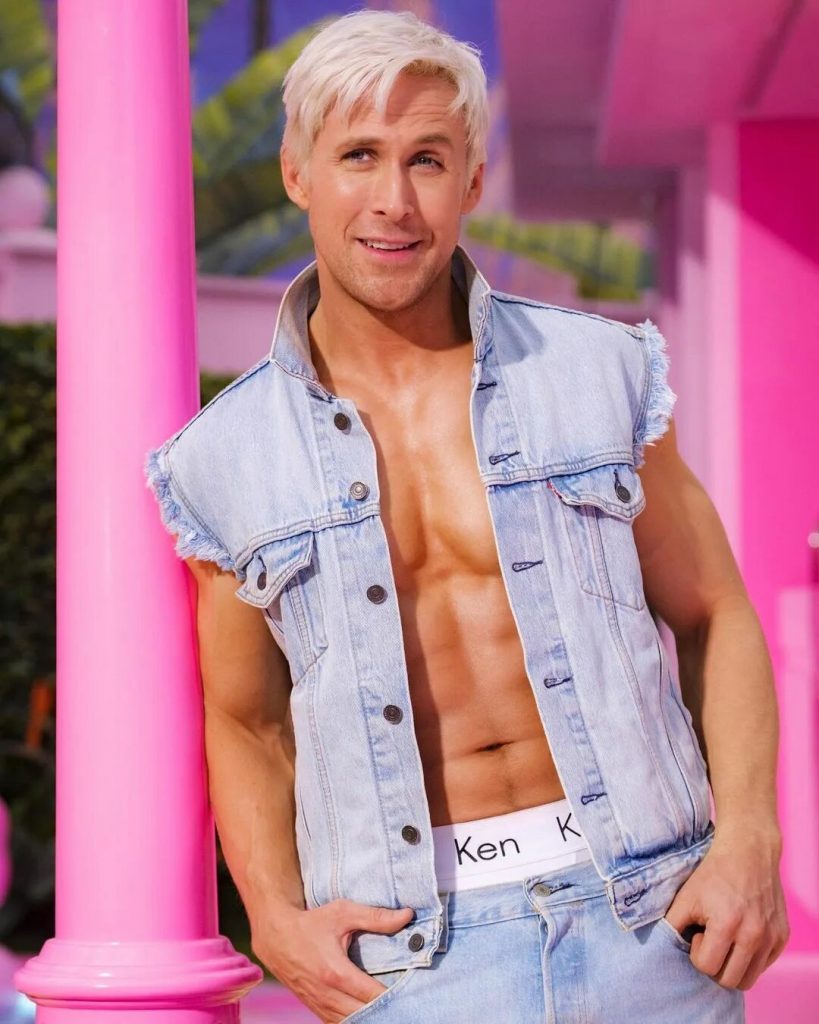
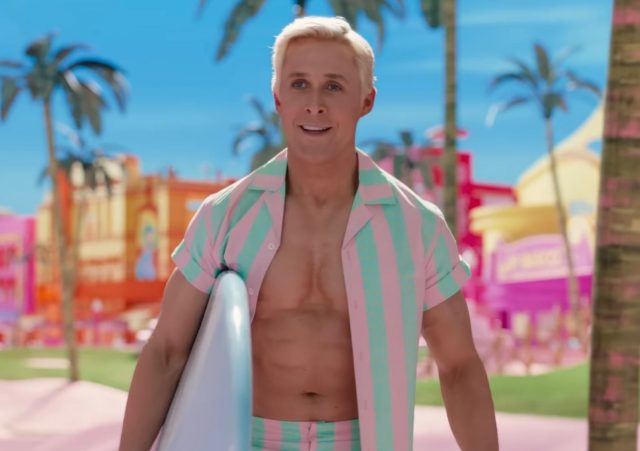
Another point in favor of the feminist expression is that all male characters in the “Barbie” world are referred to as “just Ken”. The tagline of the movie confirms this: “Barbie is everything and she’s just Ken.” Of course, although the movie has not been released yet, we cannot say that this slogan has a hidden social connotation. For example, that women can aspire to be anything – astronaut, doctor, lawyer, diplomat, and men can be just men. So for now, we can only assume, wait for the movie to be released, and believe that it won’t disappoint us.
Source: People Talk
I’m Roger Gritton, and I’ve been writing for the The Fashion Vibes for over 5 years now. My specialty is beauty news; I’m passionate about covering the latest trends, products, and innovations in the industry. In my time there, I’ve become known as an authority on all things beauty-related.
I love discovering new experts to interview, researching up-and-coming ingredients and techniques that are making their way onto our beauty shelves and highlighting people who are making a difference in the world of cosmetics. My work has appeared not only on The Fashion Vibes, but also several other publications including the New York Times Magazine, Allure Magazine and Refinery29.

